Deck & Commander Strategies
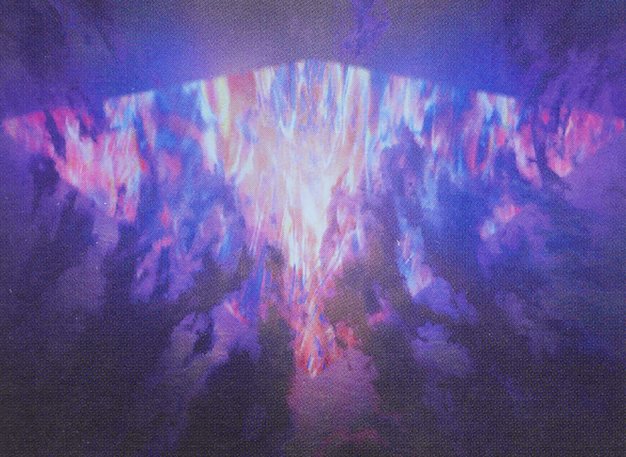
Pramikon, Sky Rampart
Lock down combat by forcing directional attacks and use Divine Intervention to stall the game into a draw, aiming for a peaceful stalemate where no one can win.

Jodah, the Unifier
Leverage cascading legendary spells to generate powerful board states with praetors and multiple combat phases, overwhelming opponents through sheer aggression and burst damage.
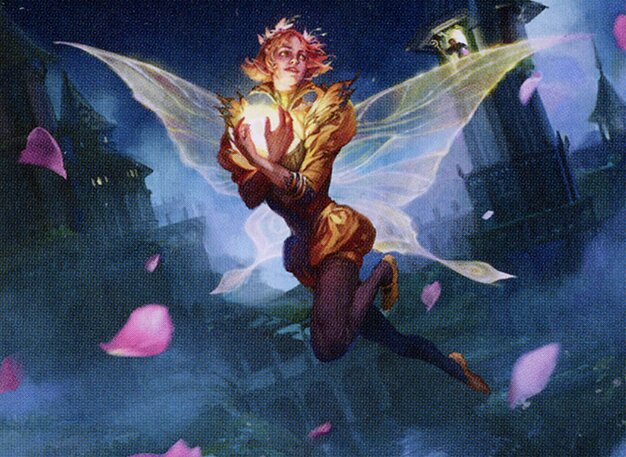
Ivy, Gleeful Spellthief
Copy single-target creature spells to create large creatures and draw cards, using these buffs to deal lethal commander damage and maintain card advantage.

Urza, Lord High Artificer
Control the board with artifact-based resource denial like Winter Orb while assembling infinite mana combos with Dramatic Reversal and Isochron Scepter to cast spells for free and win through deck-emptying combos.
Gameplay Insights
- 1
Pramikon’s use of Divine Intervention created a unique peace-locking strategy that aimed to prevent any player from winning, shifting the game’s tempo to a defensive stalemate.
- 2
Jodah’s legendary cascade ability combined with multiple combat phases allowed for explosive turns that could quickly turn the tide with large, haste-enabled creatures.
- 3
Ivy’s spell-copying mechanic amplified the impact of targeted spells, turning medium threats into massive creatures that draw cards and threaten lethal commander damage.
- 4
Urza’s artifact mana engine, coupled with Winter Orb, effectively restricted opponents’ resources while enabling his own infinite mana combo to quickly deploy a game-winning sequence.
- 5
The interplay between defensive lock (Pramikon), aggressive cascade (Jodah), spell-copying damage (Ivy), and infinite combo control (Urza) created a multi-layered strategic battle with shifting momentum.
Notable Cards
-
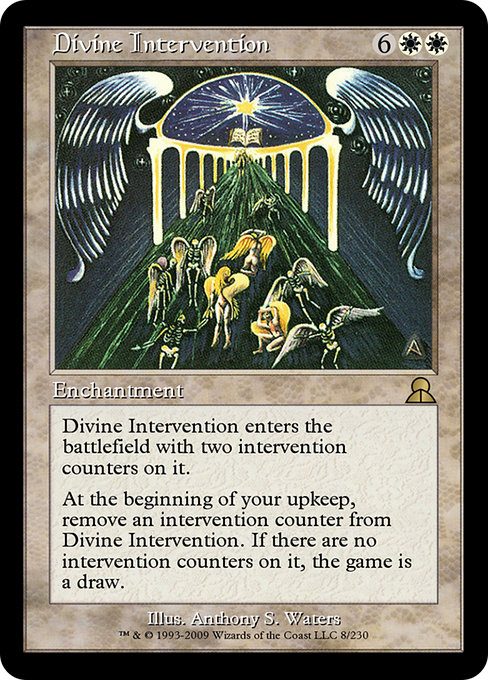
Divine Intervention
-
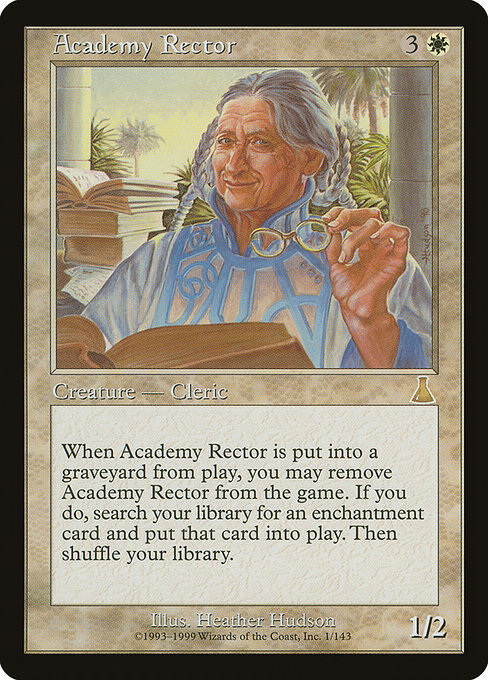
Academy Rector
-

Maelstrom Wanderer
-
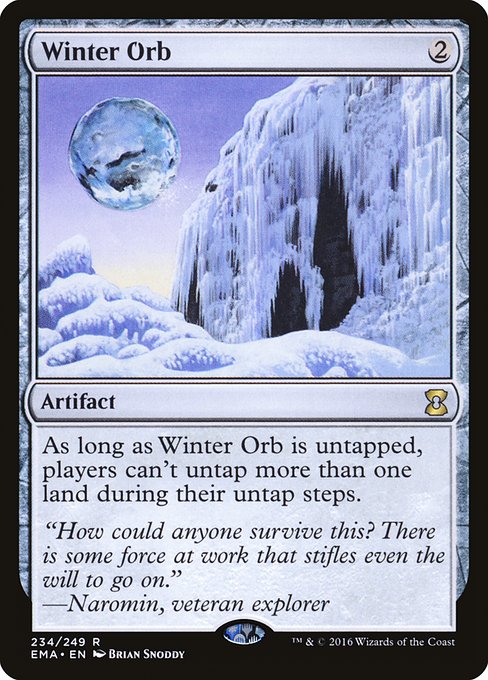
Winter Orb
-
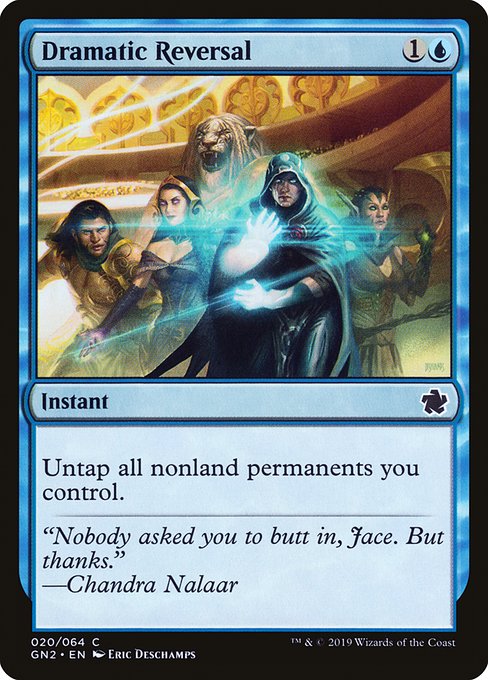
Dramatic Reversal
-
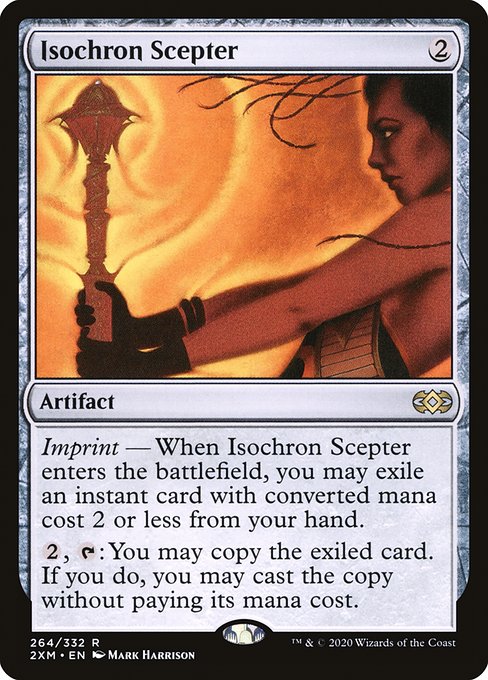
Isochron Scepter
-
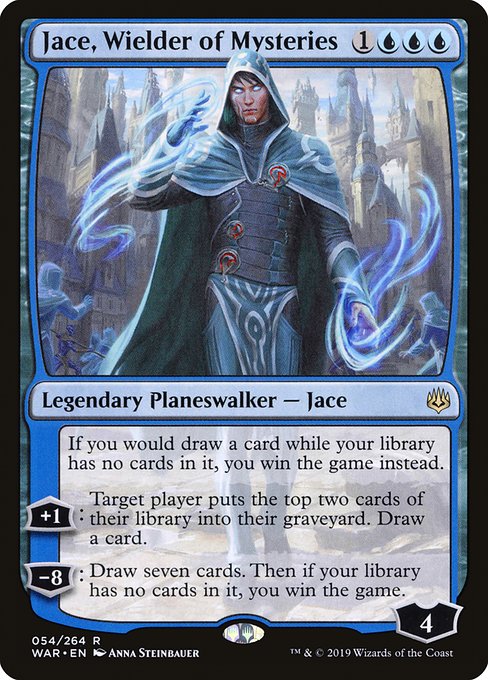
Jace, Wielder of Mysteries
-
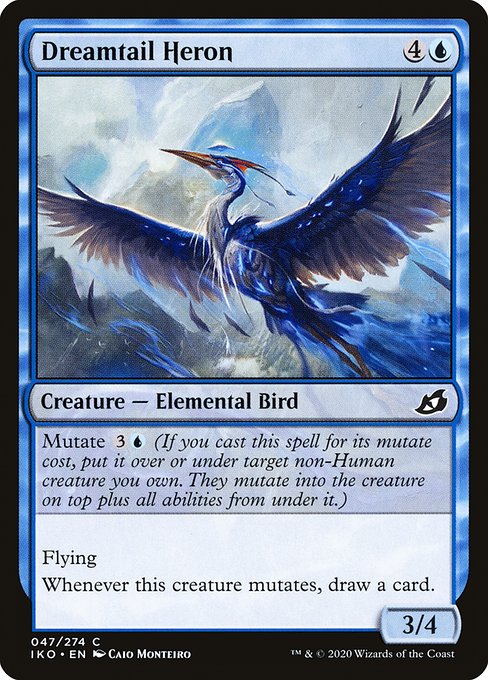
Dreamtail Heron
Gameplay Summary
The game featured four distinct decks led by Pramikon, Sky Rampart; Jodah, the Unifier; Ivy, Gleeful Spellthief; and Urza, Lord High Artificer.
Early on, the gameplay was characterized by strategic board positioning and setting up key synergies aligned with each deck's worst possible scenario.
Pramikon's deck aimed to lock down combat with directional attack restrictions and a Divine Intervention combo intended to draw the game out infinitely, preventing anyone from winning.
Jodah's deck focused on cascading legendary spells to create explosive board states with creatures like the praetors and multiple combat phases to overwhelm opponents quickly.
Ivy's deck leveraged spell-copying to amplify targeted creature spells, creating large threats and card draw that could snowball into lethal commander damage.
Urza's deck employed artifact mana combos, including Winter Orb to restrict opponents' resources while maintaining his own, and infinite mana combos with Dramatic Reversal and Isochron Scepter to cast spells for free, eventually aiming to win through a deck-emptying combo with Jace, Wielder of Mysteries. As the game progressed, key moments included Pramikon successfully establishing the Divine Intervention lock, temporarily stalling the game.
Meanwhile, Jodah and Ivy accelerated their offensive capabilities through legendary cascades and spell copying, pressuring opponents with large creatures and card advantage.
Urza's control and combo pieces made it difficult for others to stabilize, as his artifact-based infinite mana engine threatened to end the game swiftly.
The dynamic tension revolved around whether the peace-oriented Divine Intervention lock could hold against the aggressive cascades and combos, or if Urza's infinite mana would break the stalemate first.
Ultimately, each player’s worst-case scenario deck led to chaotic interactions, with infinite combos and board control clashing in a battle of attrition and explosive turns.



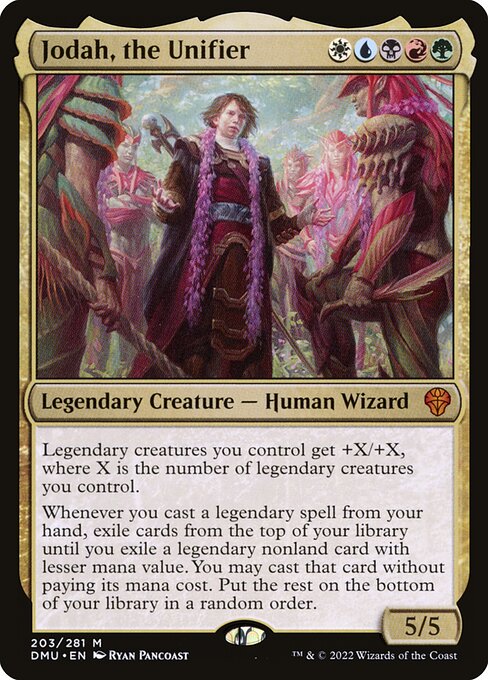


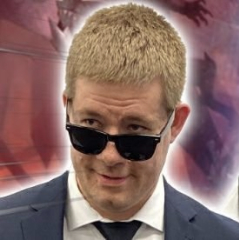













![Commander VS S17E7: ??? VS ??? VS ??? VS ??? [EDH Gameplay] thumbnail](https://i.ytimg.com/vi/Wl5x-udunSg/sddefault.jpg)














![New Dominaria United Commanders [Commander VS 306] | Magic: the Gathering Commander Gameplay thumbnail](https://i.ytimg.com/vi/ojGzEzd3Csc/sddefault.jpg)











![Commander VS S16E1: Ayula VS Urza VS The First Sliver VS Yawgmoth [EDH] thumbnail](https://i.ytimg.com/vi/tkuMVsCr0s4/sddefault.jpg)





